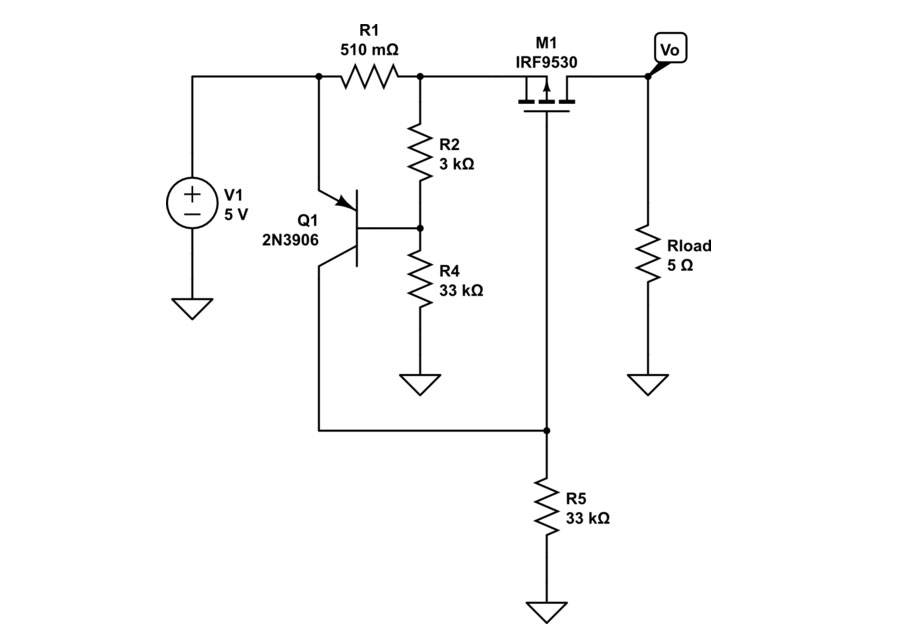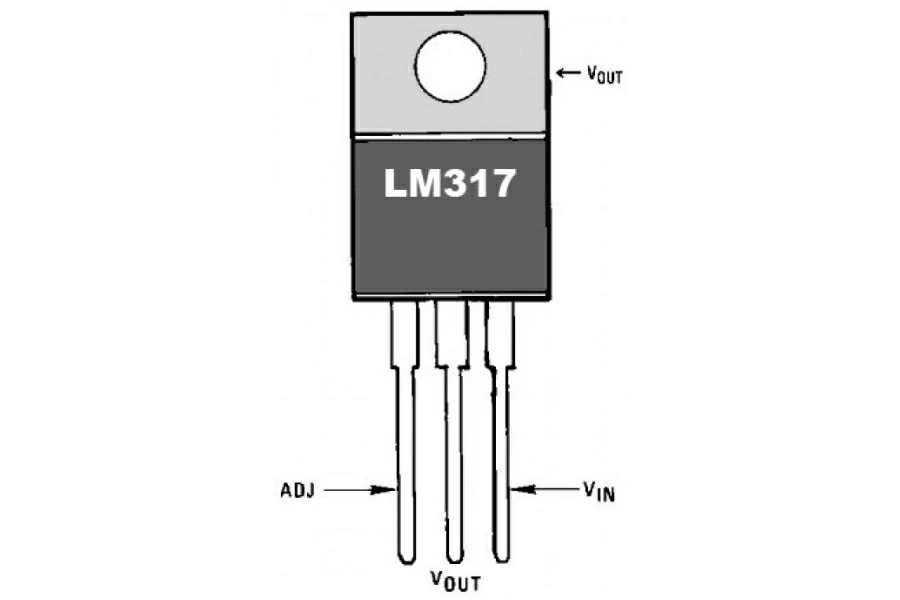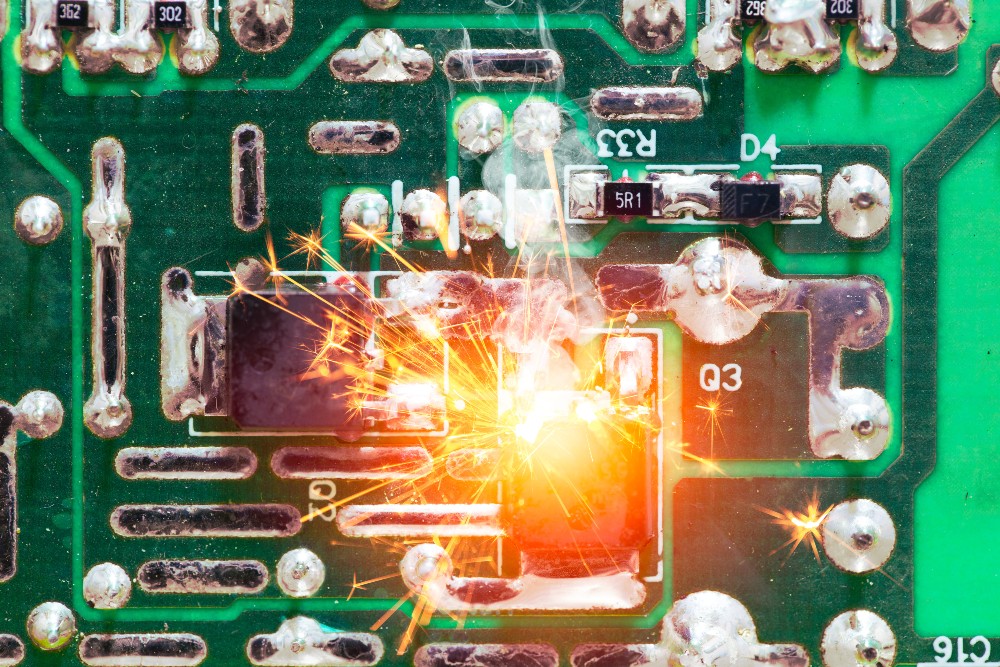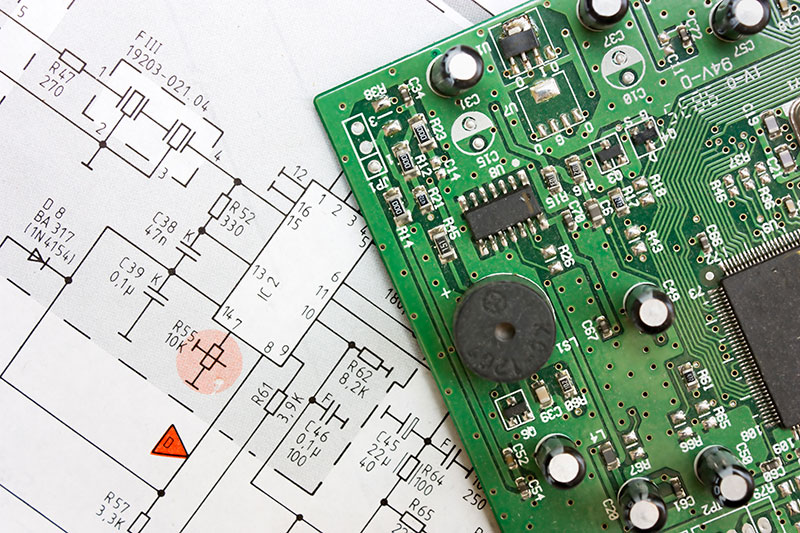
Support Team
Feedback:
support@nextpcb.comElectronic circuits called current limiting circuits restrict the flow of current through specific components or loads. They safeguard vulnerable components from harm caused by too much current and support the circuit in working safely and dependably.
To avoid permanent damage to components and ensure safety, limiting the current flowing through a component or load in electronic circuits is crucial. Excessive current can cause overheating of the component and lead to failures in other circuit components, posing a potential safety hazard.

Current-limiting circuits protect circuits from overcurrent by detecting and regulating current flow. There are many different types of current-limiting circuits, each with its own advantages and disadvantages. The choice of the circuit depends on the specific needs of the application.
There are different categories of current-limiting circuits available for restricting the flow of current through a specific circuit board component or load. These categories include:
Current Limiting Resistors: A current limiting resistor restricts the current flow through a load by placing a resistor in series with it. The efficacy of the circuit while safeguarding against the excessive current flow depends on the precise selection of resistor value.
Current Limiting Diodes: Inserting a diode, known as a current-limiting diode, in the circuit along with the load helps limit the current flow through the circuit. When the current surpasses a specific threshold, the diode starts conducting, which puts a limitation on the current.

Current Limiting Transistors: Placing current-limiting transistors in series with the load is a way to help control the amount of current that flows through a circuit. It limits the current by controlling the voltage across the load.

Current Limiting ICs: The designers made what is called a current-limiting integrated circuit (IC), which limits the flow of electricity through a circuit.
These ICs use different techniques like sensing the current passing through the load and adjusting the load's voltage to restrict the current.
There are different types of current limiting circuits that have their own pros and cons. For instance, current limiting resistors are cost-effective and straightforward but might not be efficient and may generate extra heat. On the contrary, current limiting ICs are more precise and efficient, albeit more complicated and expensive.
Current limiting circuits identify the quantity of current flowing through a specific component or load and decrease the load's voltage to maintain the current within the limit. The technique used to restrict the current will vary based on the particular kind of current-limiting circuit in use.
The circuit connects the current-limiting resistor in series with the load. We choose the resistance value to restrict the current to a safe level by limiting the voltage drop across the resistor. Ohm's law states that a resistor's voltage drop is proportional to its current.
A current-limiting diode circuit includes a diode in series with the load. Instead of a fixed resistance, the diode conducts when the current exceeds a threshold. This increases the voltage drop across the diode, thereby limiting the current flowing through the load.
A transistor in these circuits regulates the voltage across a load to keep the current safe. The transistor conducts when the current surpasses a certain quantity, reducing load voltage and current.
A current-limiting IC circuit uses various techniques to sense the amount of current flowing through the load and then adjust the voltage across the load to limit the current. These techniques include sensing the voltage drop across a sense resistor, employing feedback control circuits, or adopting other specialized methods.

The use of these circuits comes with both advantages and disadvantages that depend on the particular circuit type and the application requirements. Here are some pros and cons of using current limiting circuits.
Current limiting circuits are applicable in electronic circuits to restrict the flow of current through a load. They have various applications, including the following:

To ensure that the current limiting circuit functions properly various factors must be taken into account during the design process. Here are some relevant factors to consider when designing a current limiting circuit:
To sum up, current limiting circuits are crucial in protecting electronic circuits from overcurrent conditions that could harm the load or circuit components. They are available in various types, each intended for particular applications, and they function by restraining the flow of current passing through the load.
Current limiting circuits are an essential element of electronics, protecting high-performance components while improving the reliability and efficiency of their operations. To maximize performance, careful selection must be made to weigh factors like load type, current/voltage ratings, response time temperature range and cost - thus ensuring reliable protection for your circuit's most valuable assets.
Still, need help? Contact Us: support@nextpcb.com
Need a PCB or PCBA quote? Quote now
|
Dimensions: (mm) |
|
|
Quantity: (pcs) |
|
|
Layers: 2 |
Thickness: 1.6 mm |
|
|
|